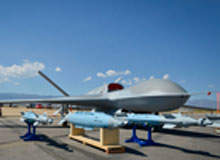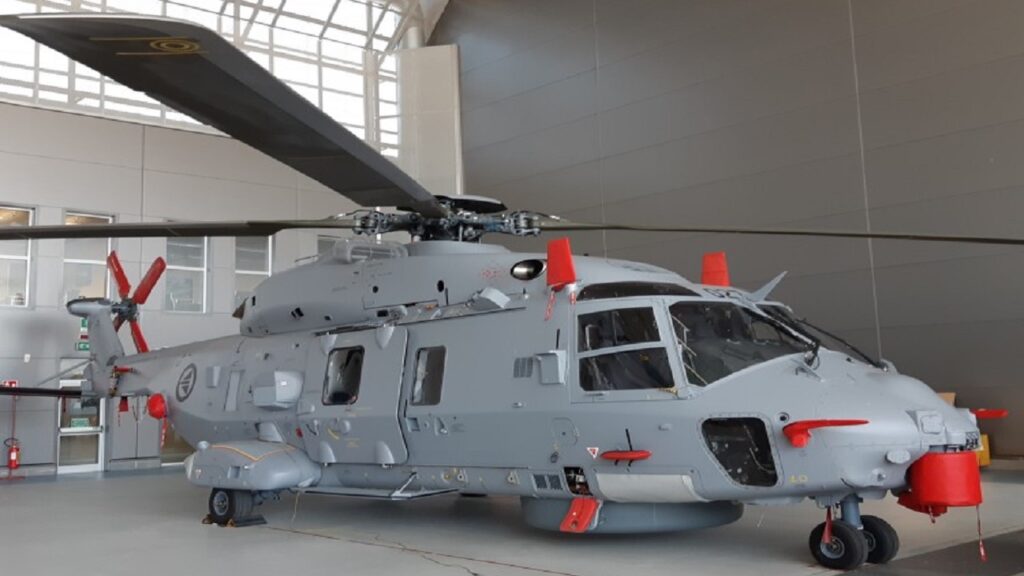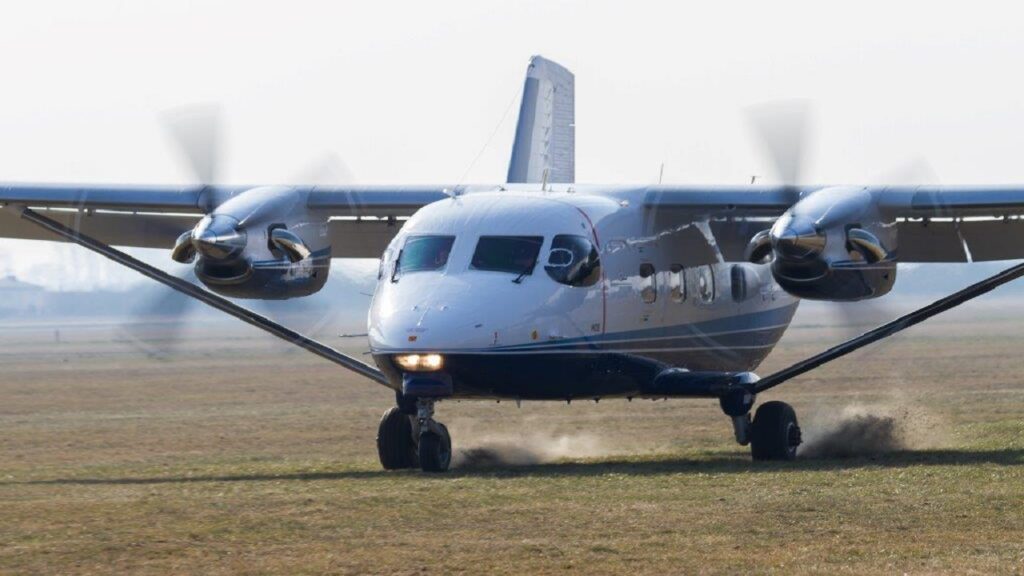

Predator C Avenger is a next generation, multi-mission, jet-powered unmanned aircraft system (UAS) designed and manufactured by General Atomics Aeronautical Systems (GA-ASI) to provide expanded quick-response and enhanced combat capabilities for the US Air Force (USAF) and other allied forces.
The UAS offers long endurance and high operational speeds, and can be deployed in intelligence, border and wide-area surveillance, armed reconnaissance (ISR) and precision-strike missions against threats in both conventional and asymmetric warfare.
The first Predator C Avenger aircraft system made first flight at GA-ASI’s Gray Butte Flight Operations Facility in Palmdale, California in April 2009. The second UAS successfully demonstrated performance objectives during its first flight conducted in January 2012. Production of third and fourth aircraft is currently underway.
The Avenger UAS was successfully integrated with the General Atomics Aeronautical Systems’ Advanced Cockpit Ground Control Station during a test flight conducted in November 2012.
Avenger UAS design and features
The highly advanced Avenger combat UAS is designed based on the Predator aircraft. It is transportable aboard C-5 / C-17 military transport aircraft and offers lower radar cross section (RCS).
Aurora Flight Sciences developed the Orion unmanned aircraft system (UAS) to provide intelligence, surveillance and reconnaissance (ISR), communications relay and strike capabilities for the US Air Force.
The unmanned aerial vehicle has a length of 13m and wing span of 20m. The maximum gross take-off weight of the UAS is 8,255kg and fuel carrying capacity is 3,583kg. The internal and total payload capacities are 1,588kg and 2,948kg respectively. The UAS is fitted with hybrid electro / mechanical anti-lock brake system.
Armament and weaponry
The six external wing hard points aboard the Avenger ensure the carriage of missiles, bombs and munitions. The UAS can also accommodate up to 1,588kg of precision munitions in the internal weapons bay.
The UAS can be armed with a variety of combat-proven weaponry including AGM-114 Hellfire surface-to-air anti-tank missiles, 250lb GBU-39 Small Diameter Bomb, 500lb GBU-12 / GBU-49 Paveway II laser-guided bomb, 1,000lb GBU-16 laser-guided bomb and GBU-48 precision-guided bomb. It can also carry GBU-31, GBU-32 and GBU-38 Joint Direct Attack Munition (JDAM) guided bombs.
Payloads attached to Predator C Avenger UAS
The Predator C Avenger UAS is equipped with retractable electro-optical and infrared (EO / IR) gimbal sensors to capture high-resolution imagery and video. The payloads also include SIGINT/ESM system, communications relay, triple-redundant avionics, and dual-redundant flight controls.
The UAS is also fitted with high-performance, multi-function, all-weather Lynx radar for target detection up to a range of 80km. It operates in multiple modes including synthetic aperture radar (SAR) and ground moving target indicator (GMTI).
Advanced Cockpit Ground Control Station
The Predator C Avenger UAS is controlled by an Advanced Cockpit Ground Control Station (GCS) which features ergonometric design with Hands on Throttle and Stick (HOTAS) flight controls and data displays with touch-screen technology. The human-centred display allows operators to view improved synthetic video with 3D graphics and moving maps, and 120° horizon field of view on multiple wide-screen graphical overlays.
The Advanced Cockpit GCS provides mission planning and enhanced situational awareness. It can be used for both automated and manual flight operations.
The UAS is also compatible with all ground control stations developed by GA-ASI for Predator-series aircraft.
Avenger UAS engines and performance
The Predator C Avenger is powered by a Pratt & Whitney PW545B turbofan engine which generates a redundant power of 20kW and develops a thrust of 4,800lb.
The UAS has a maximum air speed of 400ktas and a standard dash speed of 350ktas. It can fly at a maximum altitude of 50,000ft and can remain airborne for up to 18 hours.
The Global Unmanned Aerial Vehicles (UAV) Market 2011-2021
This project forms part of our recent analysis and forecasts of the global unmanned aerial vehicles (UAV) market available from our business information platform Strategic Defence Intelligence. For more information click here or contact us: EMEA: +44 20 7936 6783; Americas: +1 415 439 4914; Asia Pacific: +61 2 9947 9709 or via email.

.gif)


